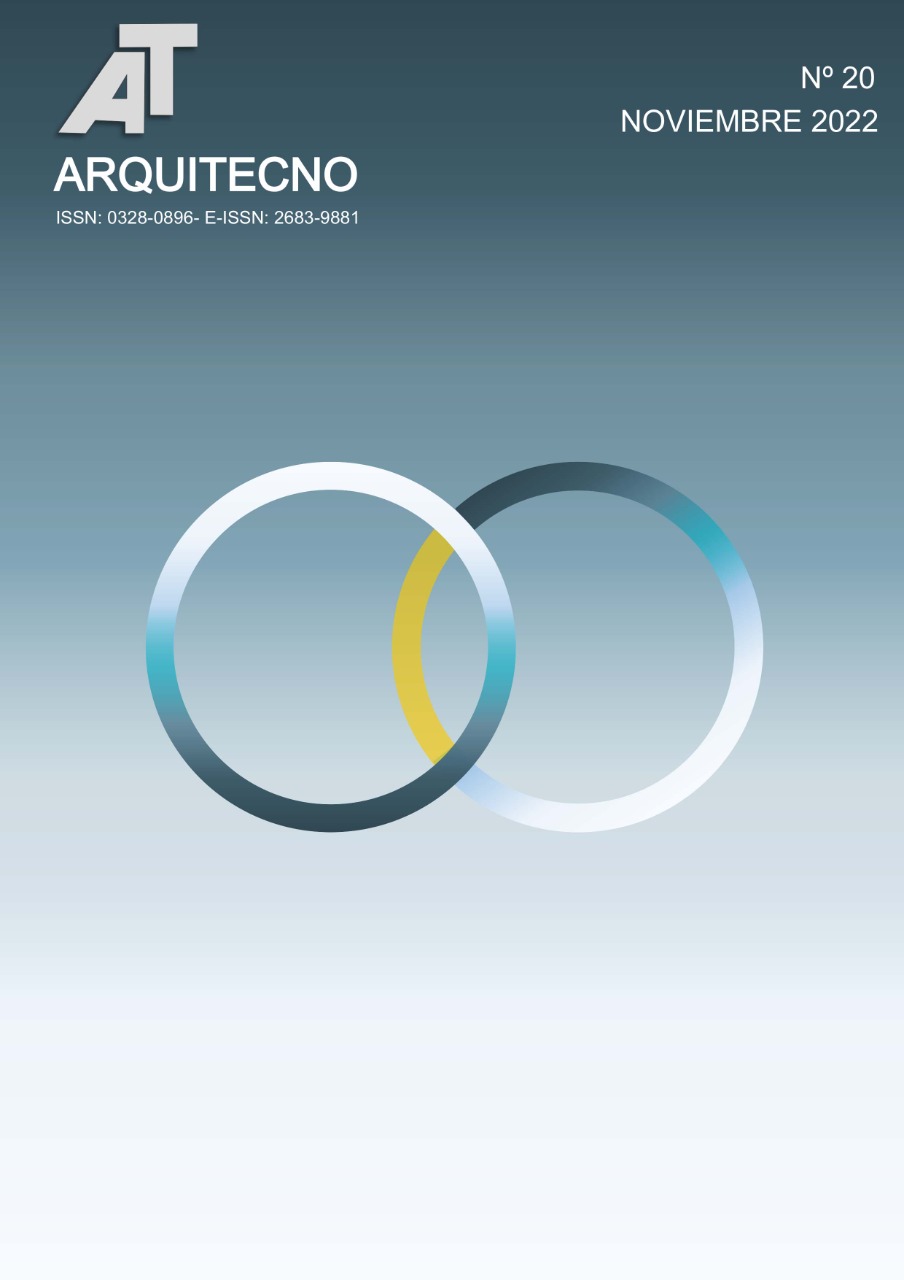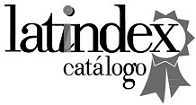Análisis comparativo de costo-efectividad entre estrategias pasivas y activas para la eficiencia energética en bodegas
DOI:
https://doi.org/10.30972/arq.0206258Palabras clave:
Eficiencia energética, estrategia activa, estrategia pasiva, análisis de los costosResumen
Se lleva a cabo una investigación cuali-cuantitativa a partir de un Estudio de Casos de una bodega con el objetivo comparar el costo efectividad de estrategias pasivas y activas para su eficiencia energética. Al análisis comparativo entre los cuatro niveles simulados de intervenciones pasivas, se incorporan los resultados obtenidos para la estrategia activa, en dos niveles de experimentación. Se construyen las tasas de descuento para el flujo económico y financiero para un horizonte de 25 años, enmarcados en el contexto macro-económico y energético local. Los resultados proporcionan: (1) la economía energética entre estrategias activas y pasivas aplicadas al caso; y (2) la estrategia económica-energética óptima para el caso analizado, entre todas las estrategias y niveles considerados.Citas
Barbaressi, A.; Dallacassa, F.; Teorreggiani, D.; Tassinari, P. (2016) Retrofit interventions in non-conditioned rooms: calibration of an assessment method on a farm winery. Journal of Building Performance Simulation, pp. 91-104. https://doi:10.1080/19401493.2016.1141994
Barbaressi, A; Bovo, M; Torreggiani, D; (2020) The dual influence of the envelope on the thermal performance of conditioned and unconditioned buildings. Sustainable Cities and Society 61:102298.
https://doi.org/10.1016/j.scs.2020.102298
Costanzo, V.; Fabbri, K.; Piraccini, S. (2018) Stressing the passive behavior of a Passivhaus: An evidence-based scenario anal-ysis for a Mediterranean case study. Building and Environment vol. 142, pp. 265–277. https://doi.org/10.1016/j.buildenv.2018.06.035.
Department of Energy (DOE; 2013) Buildings. https://www.energy.gov/eere/buildings/downloads/energyplus-0
Dumrauf, G. (2003). Finanzas Corporativas. Editorial Grupo Guía S.A.
Ferrara, M.; Prunotto, F.; Rolfo, A.; Fabrizio, E. (2019) Energy Demand and Supply Simultaneous Optimization to Design a Nearly Zero-Energy House. Applied Sciences vol. 11. https://doi:10.3390/app9112261
Gitman, L.; Zutter, C.; (2012) Principios de Administración Financiera. Editorial Pearson.
Grossi Gallegos, H; Righini, R. (2007) Atlas de Energía Solar de la República Argentina. Editorial SECyT-UN-Dirección Nacional de Proyectos Especiales.
Instituto Argentino de Normalización (IRAM) 11603. Clasificación Bioambiental de la República Argentina. Buenos Aires, Argentina, 1996.
International Energy Agency (IEA; 2020) Data and Statistics. https://www.iea.org/data-and-statistics?country=WORLD&fuel=CO2%20emissions&indicator=CO2%20emissions%20by%20energy%20source
Kestelboim, M. (2018) Informe Económico CGERA. Editorial de la Confederación General Empresaria. http://www.cge-ra.org/V16/informes-economicos-y-empresarios/
Ministerio de Desarrollo Productivo (2020) Factor de Emisión. https://www.argentina.gob.ar/produccion/energia/energia-electrica/estadisticas/informes-estadisticos-del-sector-electrico
Ministerio de Energía y Minería de la Nación Argentina (MINEM; 2019). Datos y Estadísticas. https://www.argentina.gob.ar/energia/datos-y-estadisticas
Organization of the Petroleum Exporting Countries (OPEC; 2017). Natural gas proven reserves by country. https://www.opec.org/library/Annual%20Statistical%20Bulletin/interactive/current/FileZ/XL/T32.HTM
Perdigones, A.; García, I.; Porras-Prieto, C.; Gomez-Villarino, M.; Baptista, F.; García, J. (2021) Evaluation of the cost-effectiveness of grid-connected photovoltaic solar energy in wineries. Ciência e Técnica Vitivinícola, vol 36, pp. 45-54.
https://doi.org/10.1051/ctv/ctv2021360145
Ramos Sanz, A. (2017) Potencial de Demanda energética cero en envolventes industriales: el caso de la vinificación en zonas de gran amplitud térmica. Revista Internacional Hábitat Sustentable, vol. 7, pp. 40-49. https://doi.org/10.22320/07190700.2017.07.02.04
Ramos Sanz, A. (2020). Valuación de proyectos de inversión en en eficiencia energética en PyMEs: estudio de casos firma VC S.A. (Tesis de Maestría). Mendoza, Universidad Nacional de Cuyo. Facultad de Ciencias Económicas. https://bdigital.uncu.edu.ar/17100. Fecha de consulta del artículo: 03/05/22.
Revista Petroquímica (2018) Para cubrir los costos energéticos, las PyMEs deben multiplicar sus ventas por 14. https://www.revistapetroquimica.com/para-cubrir-los-costos-energeticos-las-pymes-deben-multiplicar-sus-ventas-por-14/
Secretaría de Gobierno de Energía (2019) Guía del Recurso Solar. https://www.argentina.gob.ar/sites/default/files/guia_del_recurso_solar_anexos_final.pdf
Descargas
Publicado
Cómo citar
Número
Sección
Licencia
Los autores ceden a Arquitecno los derechos de publicación de sus trabajos, toda vez que hayan sido admitidos como parte de alguno de sus números. Ellos, no obstante, retienen los derechos de propiedad intelectual y responsabilidad ética así como la posibilidad de dar difusión propia por los medios que consideren.





52.jpg)
